Cycling / Cycling infrastructure / Innovation / Mobility
No Excuse: How Bogotá is proving that great cycling cities are a global phenomenon
In late January 2023 I had the immense pleasure of being invited along with a group of international delegates to attend the Sustainable Mobility Week events in Bogotá, Colombia. The week-long programme was a celebration of what the city has achieved in terms of greater walking, cycling, and public transport, and a look ahead at current and future projects that will address many of the strains on a transport system serving 8-million people across a 1,578 km2. Led by Mayor Claudia López and a passionate team of leaders (many of whom are women), it was an incredible opportunity to see first-hand the life and vibrancy of the LATAM capital.
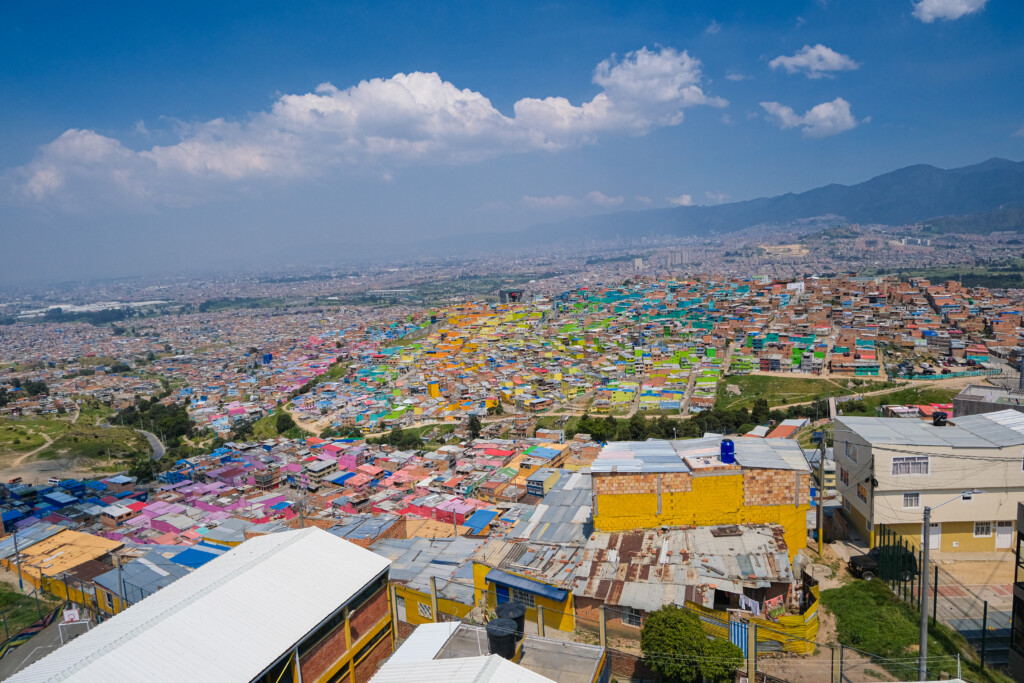
Cycling culture in Latin America
As my first trip to Latin America, I did not know what to expect from the visit. Having spent the last four years living cozily within Delft’s 24 km2 and writing endlessly about the benefits of living in a quiet, low-car, cycling-utopian environment, I left prepared for a culture shock. On arrival, the broad thoroughfares filled with cars and buses and the subsequent traffic noise were certainly a shock to the system. However, I was pleased to see that everything I had heard about Bogotá’s cycling culture was indeed true, if not more impressive than I could have imagined.
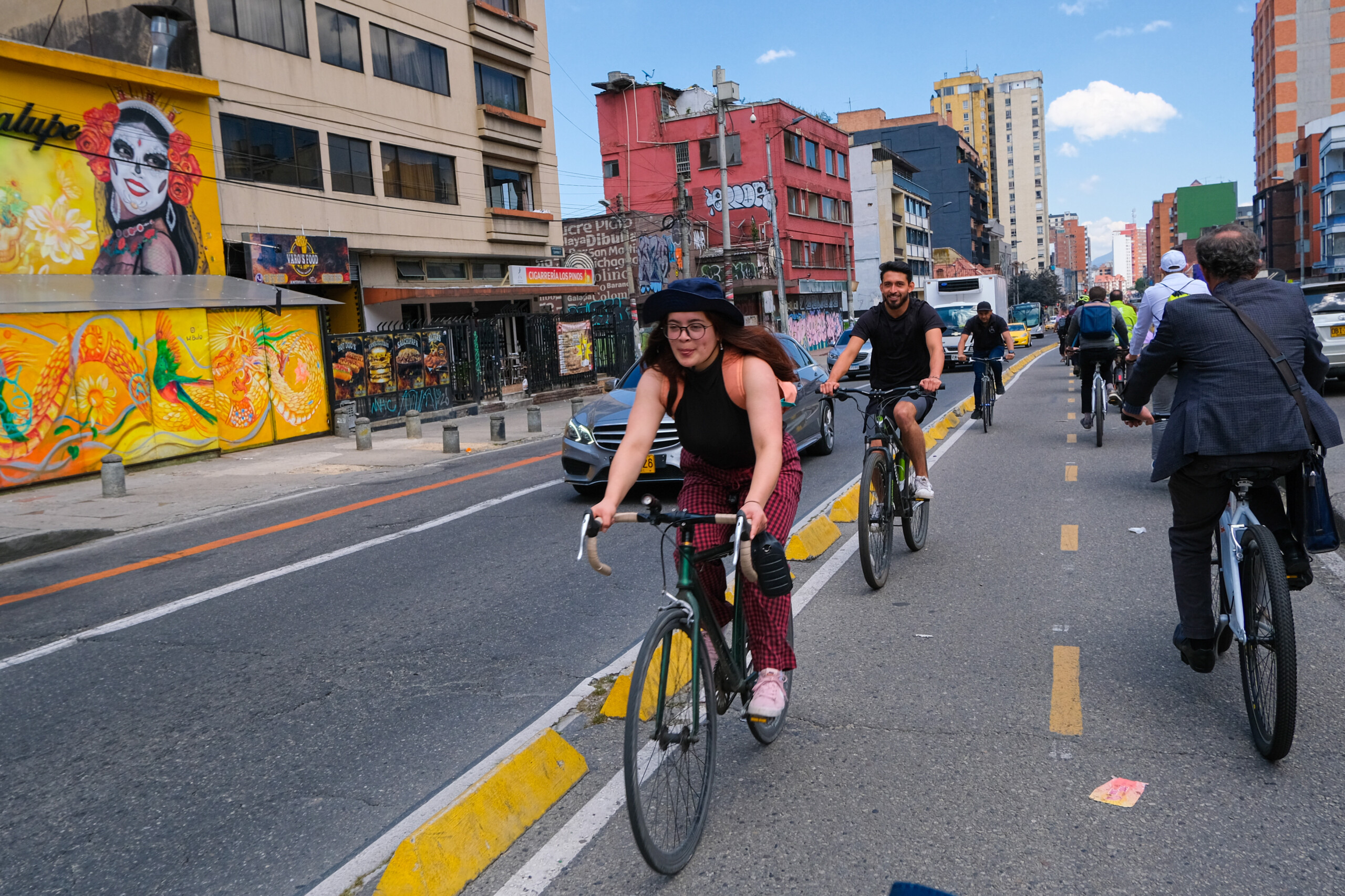
From day 1, while cycling along the protected intersection along Carrera Séptima, I witnessed first-hand the prolific cycling I had heard so much about throughout my years as a cycling advocate. Countless people passed me and my fellow delegates using all manner of bicycles, including those from the recently launched Tembici bike share system. Were it not for the fact that I was riding in the centre of the road surrounded by traffic on either side, I could have easily mistaken the ride for those I had experienced on some of the Netherlands’ busier cycle routes.
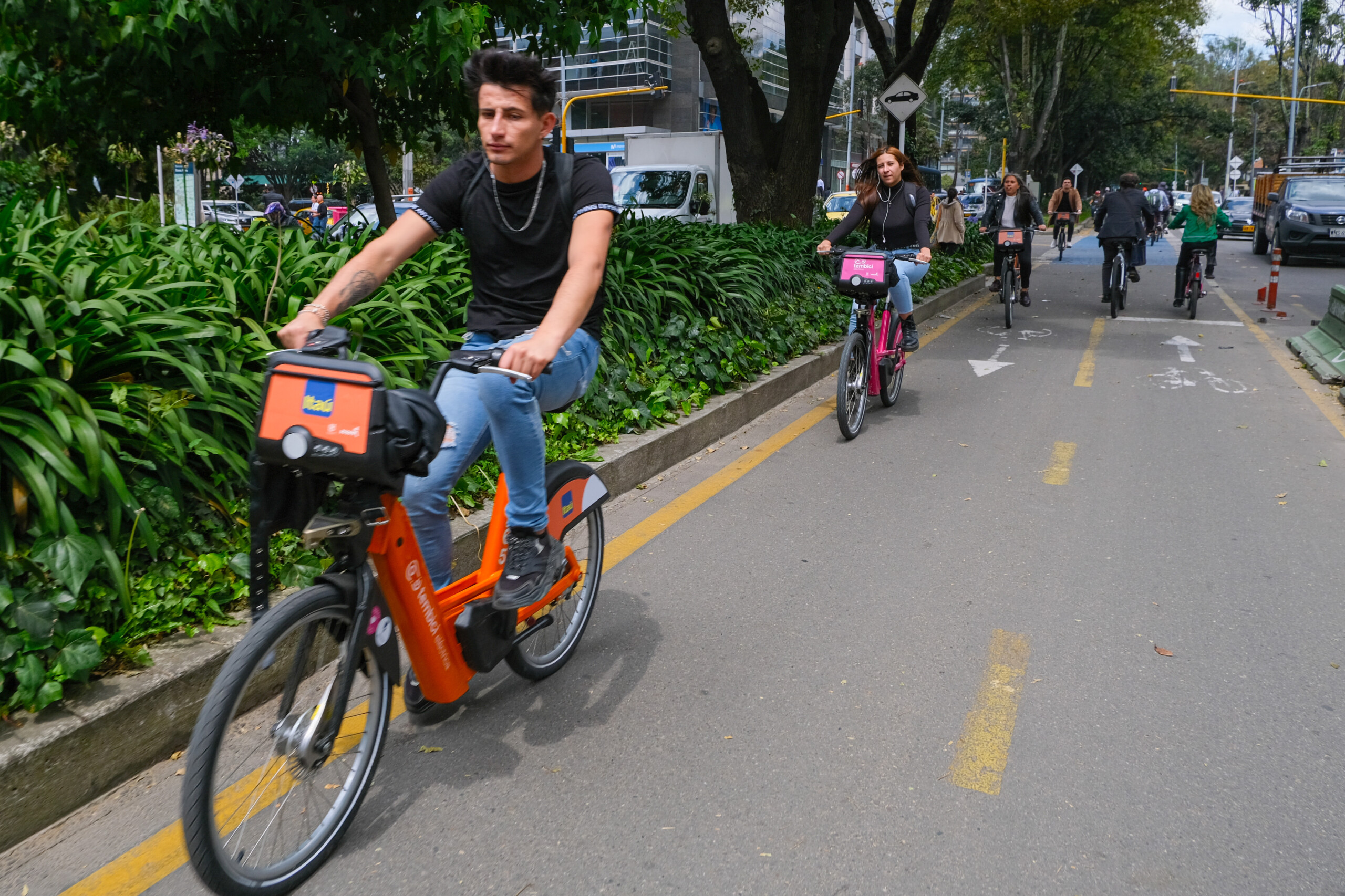
It was day 3, however, while visiting the Northwestern district of Suba, in the lower income and working-class areas, that I experienced some of the most awe-inspiring scenes.
Refuting the tired excuses
For context, since my first visit to the Netherlands in 2016, I have spent the better part of seven years arguing that Dutch cycling culture is not an anomaly, but rather something achievable pretty much anywhere with the right leadership and investment. I can’t count the number of times I have heard the excuse, “But that’s the Netherlands, we could never do that here.” It is tiring trying to convince people that through a combination of infrastructure, policy, leadership, and encouragement, cycling for all ages, backgrounds, abilities will flourish.
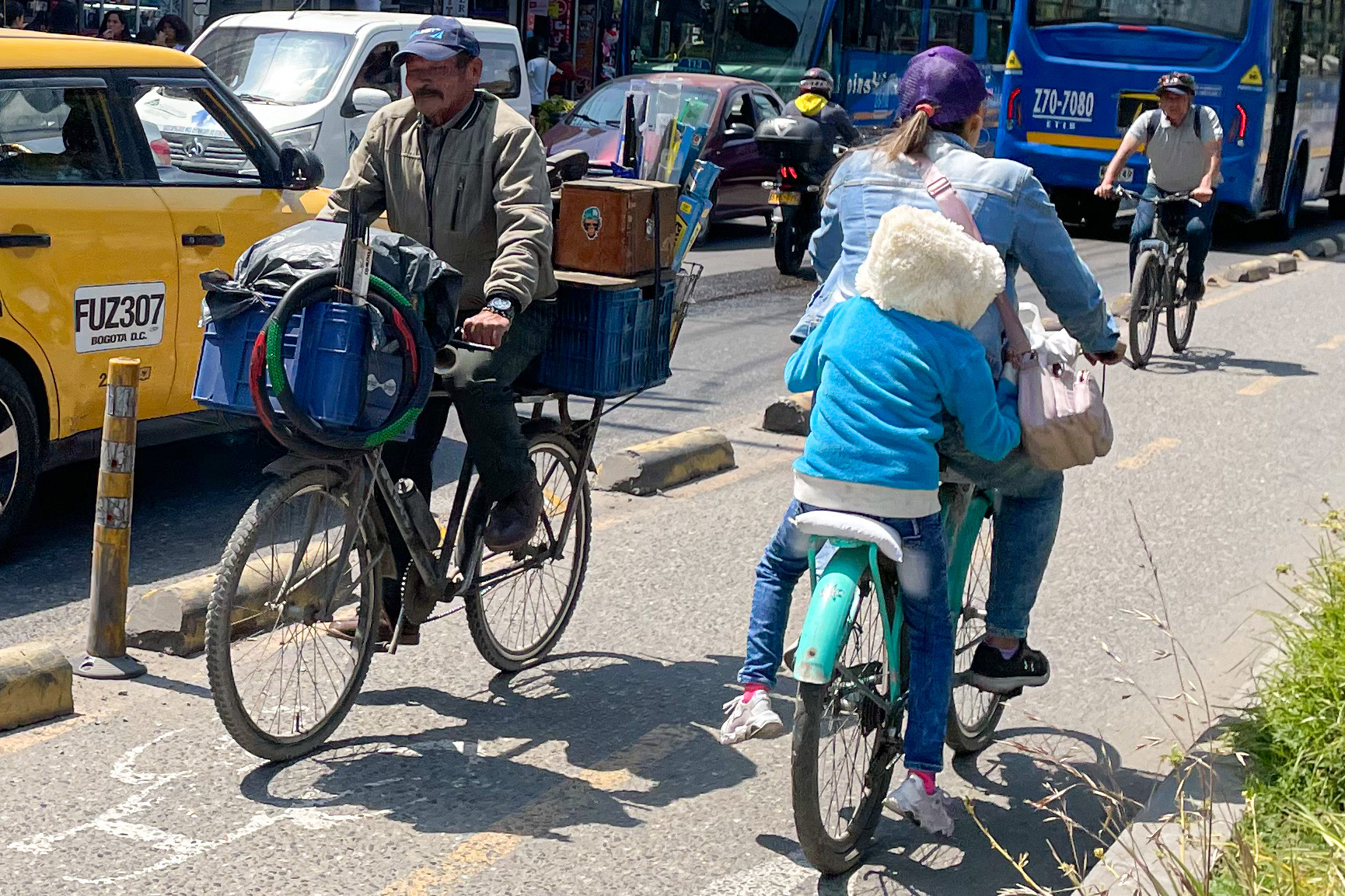
Standing on the footpath on Calle 139 I watched as an endless stream of people cycled past: mothers and fathers with children sitting on their top bar or back rack, children as young as eight- and nine-years old cycling home from school, business owners hauling small deliveries, men and women on their way to other destinations. The experience confirmed for me that all the reasons given as to why cycling can’t work “in my city” are just that, excuses. Despite being 2,600-m above sea level, with ample hilly areas, and accumulations of rain that mean everyone leaves home in layers and with an umbrella, Bogotá is a cycling city, and one that can be an inspiration to other cities in LATAM and around the world.
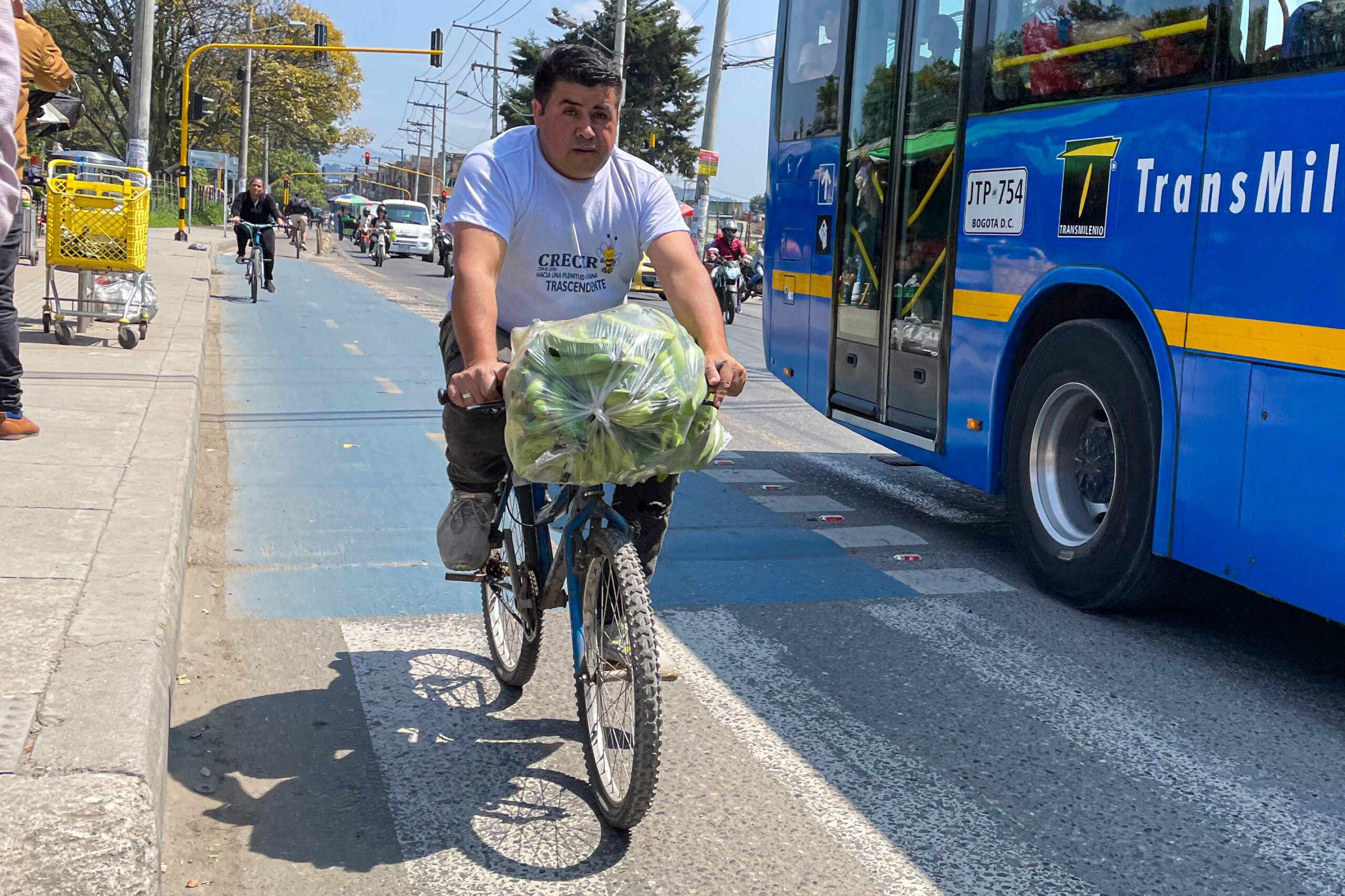
Bigger and better things to come
There is certainly work to be done in the months and years to come for Bogotá’s cycling rates to keep increasing. What I recognized standing on Calle 139 and seeing the adjacent neighbourhood streets is how important a quality neighbourhood- and city-wide cycling network plan will be for the further development of cycling. Connecting not just the major arterials like this route and Carrera Séptima, but also the quieter residential streets to build a robust system for safe cycling will be the next big step for this expansive city. Additionally, and crucially, with a public transport network enjoying a nearly 50% modal share and further investments coming to expand the capacity of the network, safe and secure cycle parking at all major mobility hubs will be vital to encouraging more sustainable, multi-modal trips.
After a full week and visiting nearly every corner of Bogotá’s diverse neighbourhoods, one thing is clear for me: Cycling is not an elitist pursuit that can only flourish in places like those I’ve had the privilege to call home. With investment and prioritization, it has the ability to be a great equalizer in an inclusive mobility system. It’s time for leaders to recognize this potential, stop making excuses, and draw on the growing sources of inspiration from around the world of what is possible. Certainly, my time in Bogotá has reinvigorated my passion for working with cities to become more cycling-, and therefore human-, friendly!

To see more of Melissa’s photos and posts from her trip, follow her on LinkedIn.

